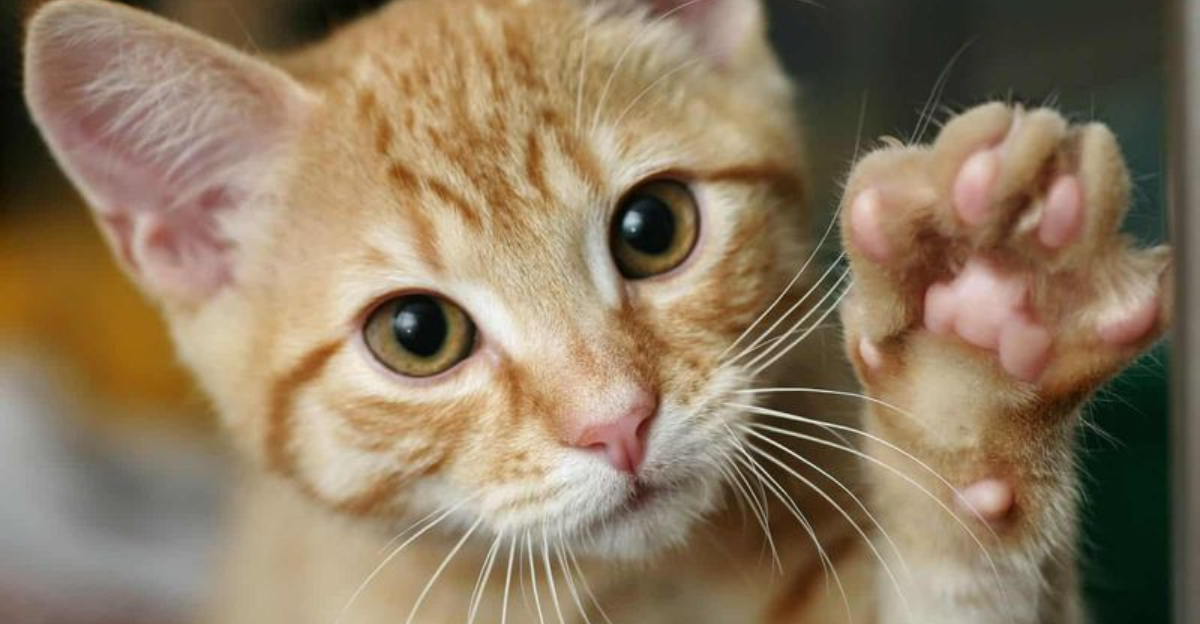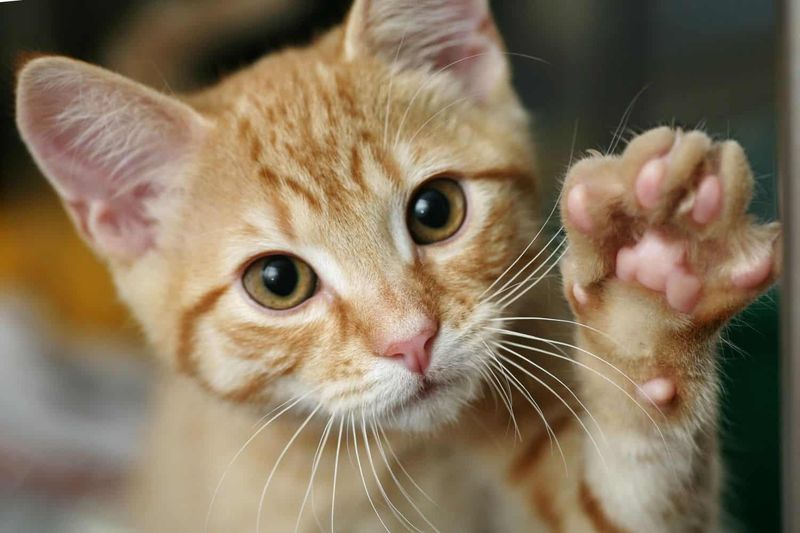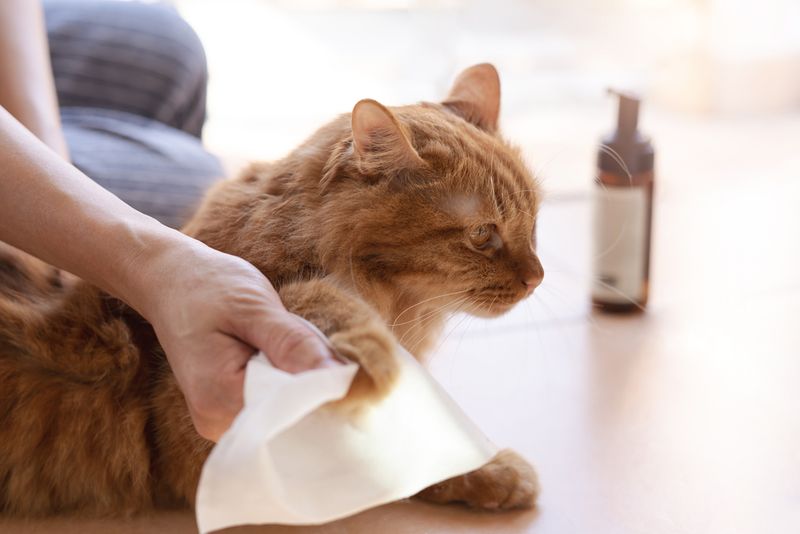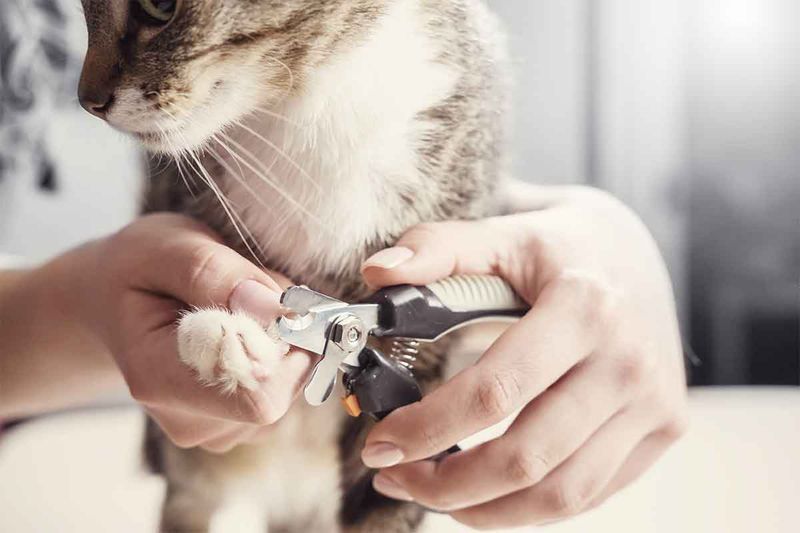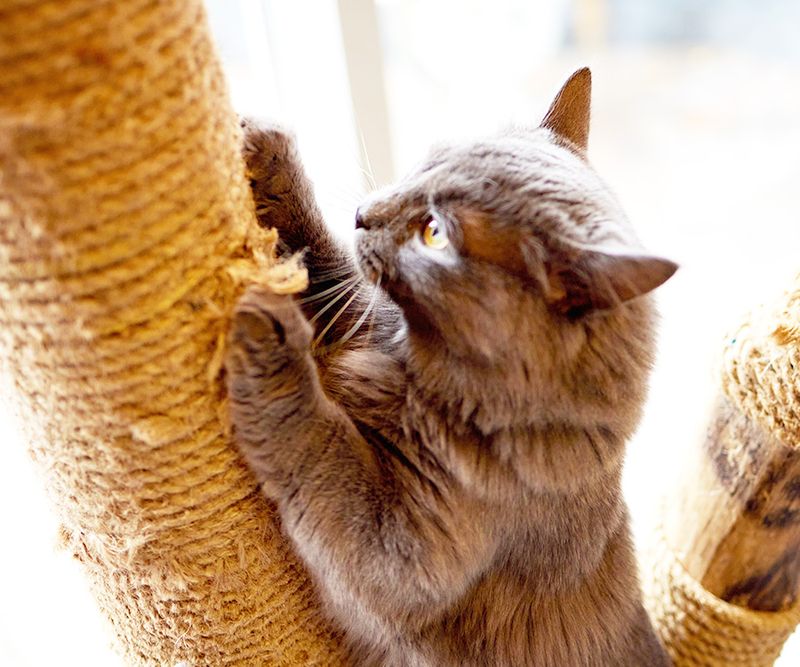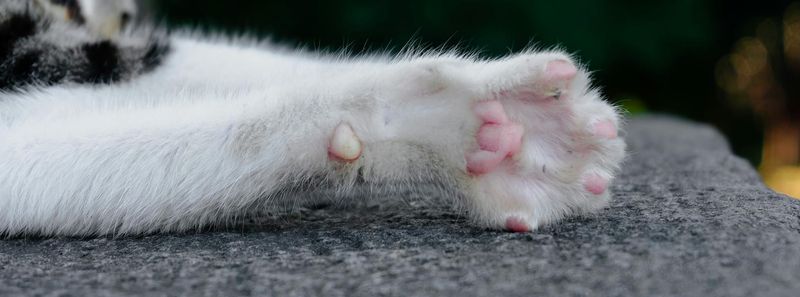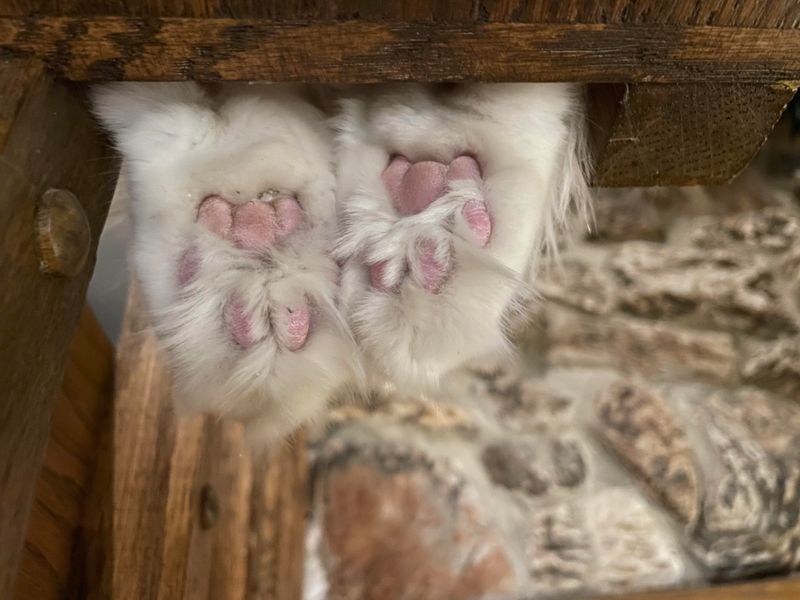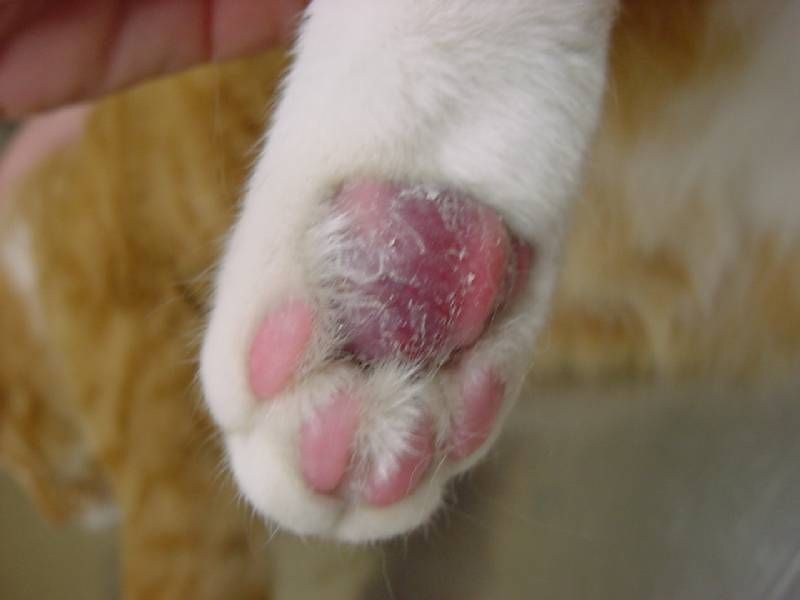📖 Table of Content:
Your cat’s paws do a lot more than look cute—they’re essential tools for walking, climbing, hunting, and expressing emotion. Yet many cat owners overlook paw care as part of their pet’s overall health routine. In this vet-approved guide, we’ll walk you through everything you need to know about keeping your feline’s paws healthy, clean, and injury-free.
From trimming claws safely and spotting signs of infection to choosing the right surfaces for scratching and protecting paws from harsh weather, these expert tips are practical, easy to follow, and cat-friendly. You’ll also learn how to make paw checks a positive experience for your cat, helping you build trust and catch issues early.
Whether you’re a first-time cat owner or a seasoned pet parent, this blog will give you the confidence to care for your cat’s paws the way veterinarians recommend.
1. Regular Paw Inspections
Examining your cat’s paws daily might seem like a chore, but it’s a crucial step in ensuring their health. Spotting issues such as cuts, swelling, or foreign objects can prevent more serious problems. If abnormalities are discovered, a quick consult with your veterinarian is wise. Think of it as a daily bonding ritual that keeps your cat happy and healthy. Many cat owners find this time a great way to connect with their feline friends. Regular inspections also familiarize you with what’s normal, making it easier to detect when something is amiss.
2. Gentle Cleaning
Keeping your cat’s paws clean doesn’t mean a full scrub every day. A gentle wipe with a damp cloth or pet-safe wipes suffices. It’s a simple practice that protects against potential allergens and irritants. Avoid harsh soaps that might irritate sensitive paw skin. Cats often groom themselves, but sometimes they need human intervention. This routine helps in maintaining a clean and allergen-free environment for their delicate paws. Besides, who wouldn’t love a clean, happy cat prancing around the house?
3. Nail Trimming
Cats, like humans, need regular nail trims to prevent discomfort and injury. Overgrown nails might alter their gait or lead to painful fractures. Use cat-specific nail clippers, and be cautious not to cut too close to the quick—a sensitive area full of nerves. This task might seem daunting, but with practice, it becomes a routine both you and your cat will appreciate. Many find it a calming experience that strengthens the bond. Regular trims keep your cat agile and happy, making it an essential part of paw care.
4. Provide Scratching Surfaces
Cats have an innate need to scratch, which contributes to their overall well-being. Providing various scratching posts or boards can satisfy this instinct. Not only does it protect your furniture, but it also helps in keeping their claws sharp and healthy. Think of it as a way for your cat to express its natural behavior. It’s about finding the right balance between your cat’s needs and your home’s aesthetics. Embrace the occasional scratch as a sign of a happy, well-adjusted feline.
5. Protect Against Harmful Surfaces
Cats are curious creatures, often exploring places that might not be safe for their paws. Be mindful of surfaces that are too hot, cold, or chemically treated. If you wouldn’t walk barefoot in that area, it’s likely not safe for your cat either. Their paw pads are sensitive and can be easily damaged by extreme temperatures. By ensuring safe exploration environments, you’re promoting a healthy lifestyle. It’s about respecting their curious nature while safeguarding their paws from harm.
6. Moisturize Dry Paw Pads
Imagine walking around with dry, cracked feet—it doesn’t sound pleasant, does it? If your cat’s paw pads become dry or irritated, consult your vet for suitable oils, like olive or coconut. Avoid human lotions, which might be harmful. Moisturizing keeps their pads supple and prevents painful cracks. By attending to this often-overlooked area, you’re ensuring comfort and preventing further issues. Plus, a well-moisturized paw is a happy paw, allowing your feline friend to roam freely and joyfully.
7. Monitor for “Pillow Foot”
Swollen, soft, and sometimes purple-tinged paw pads could indicate “pillow foot,” a condition requiring vet attention. Regularly monitoring your cat’s paws helps in catching this early. While not common, being aware of the symptoms is vital. Treatment is often straightforward, but early detection makes a difference. Think of it as part of their regular health check, a small effort for peace of mind. Your vigilance ensures any underlying issues are addressed promptly, keeping your cat’s paws in the best shape possible.
